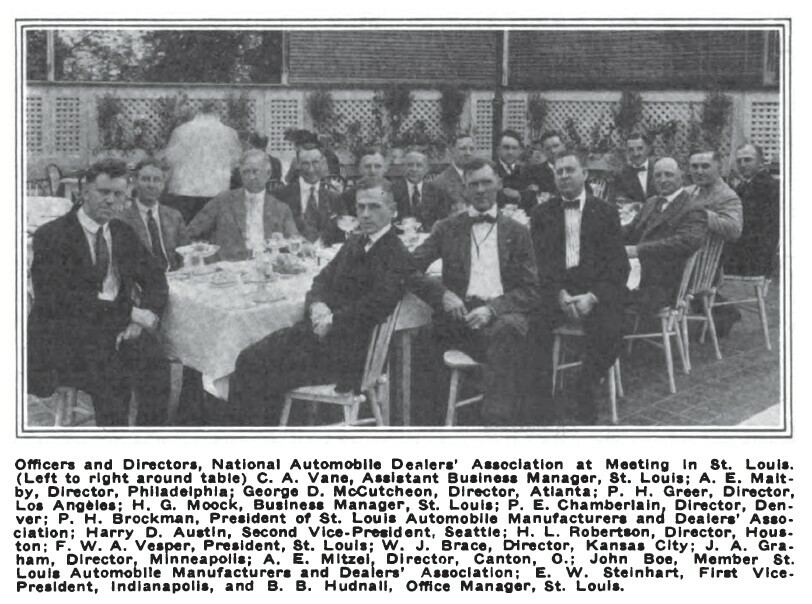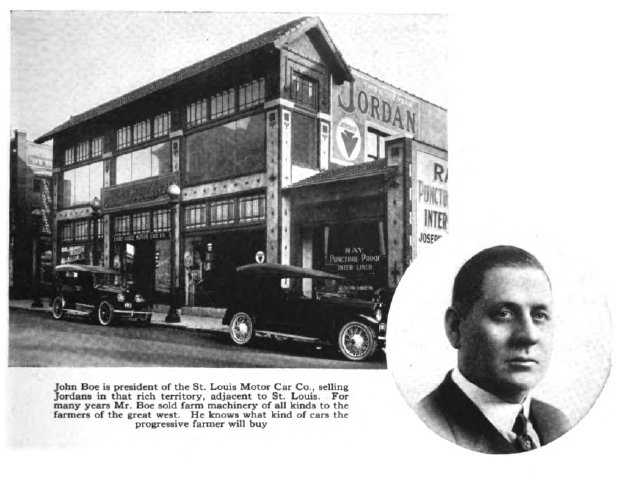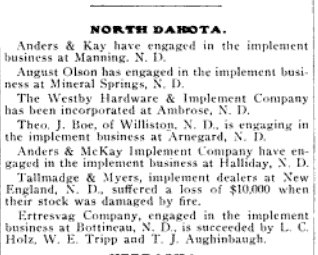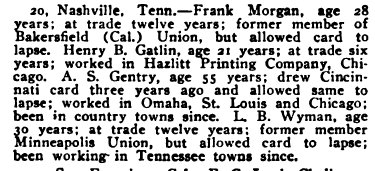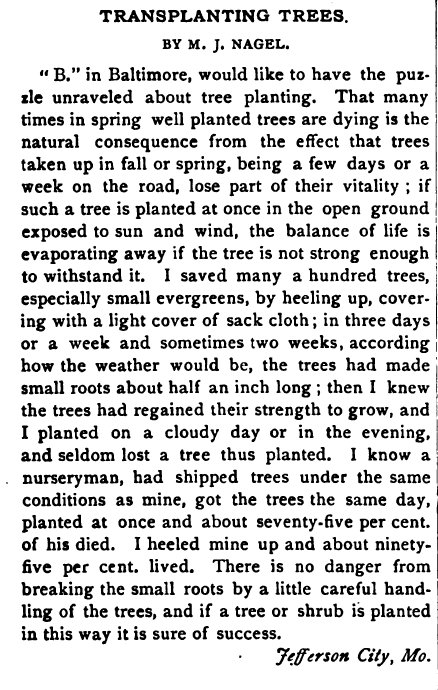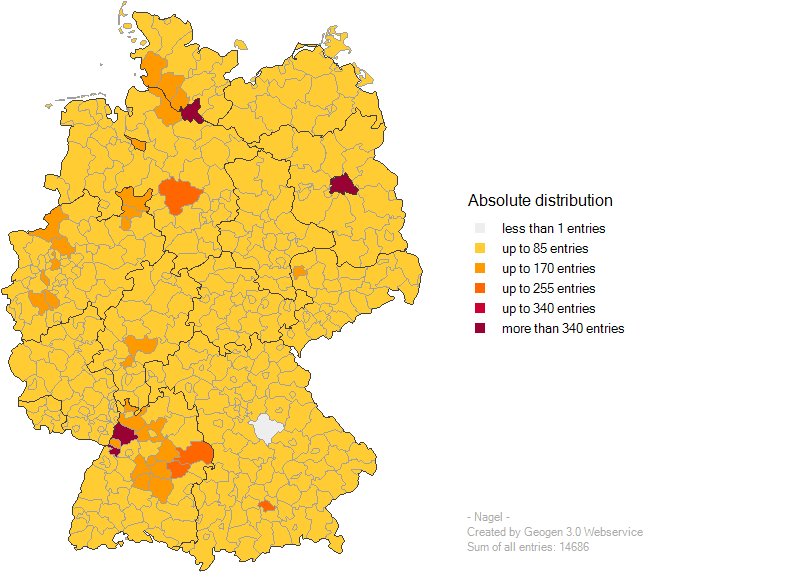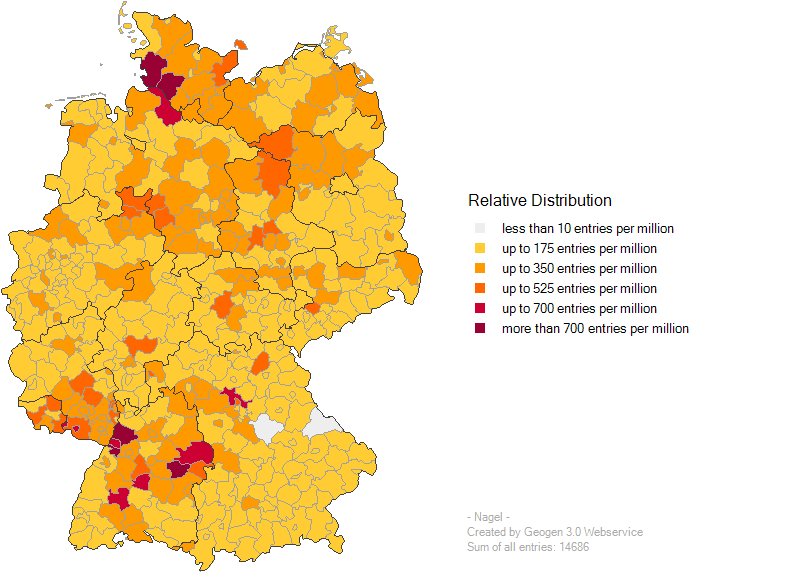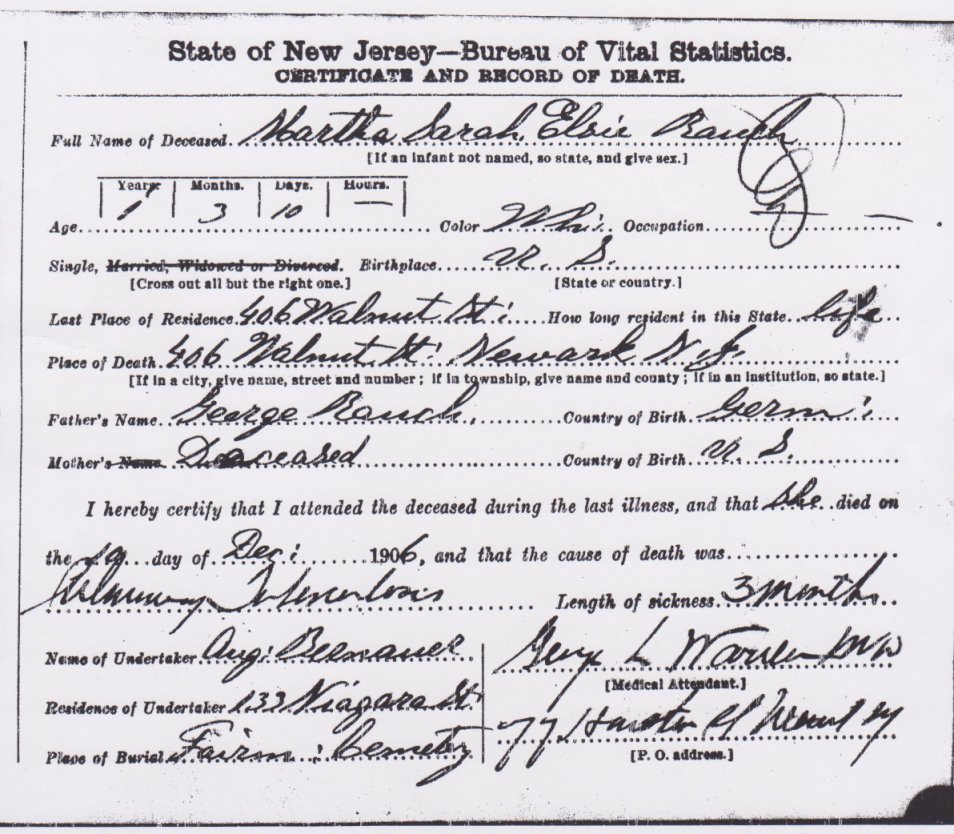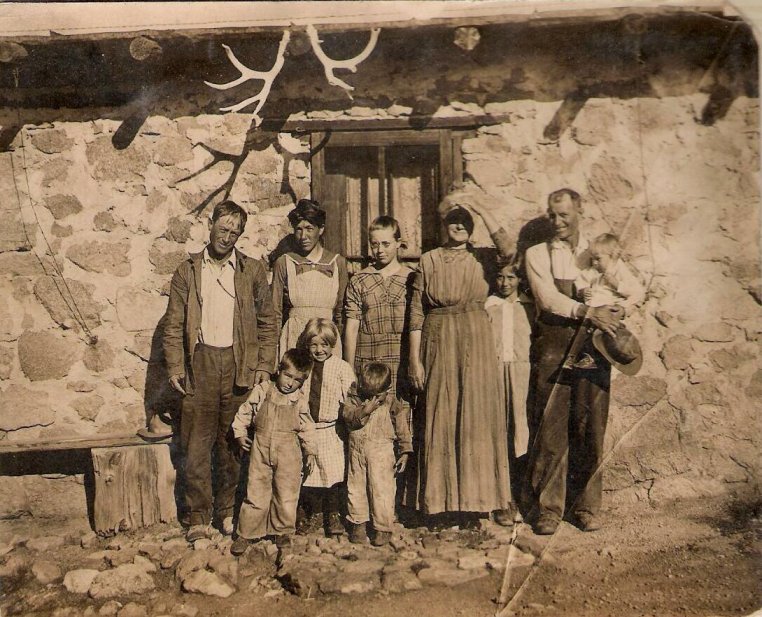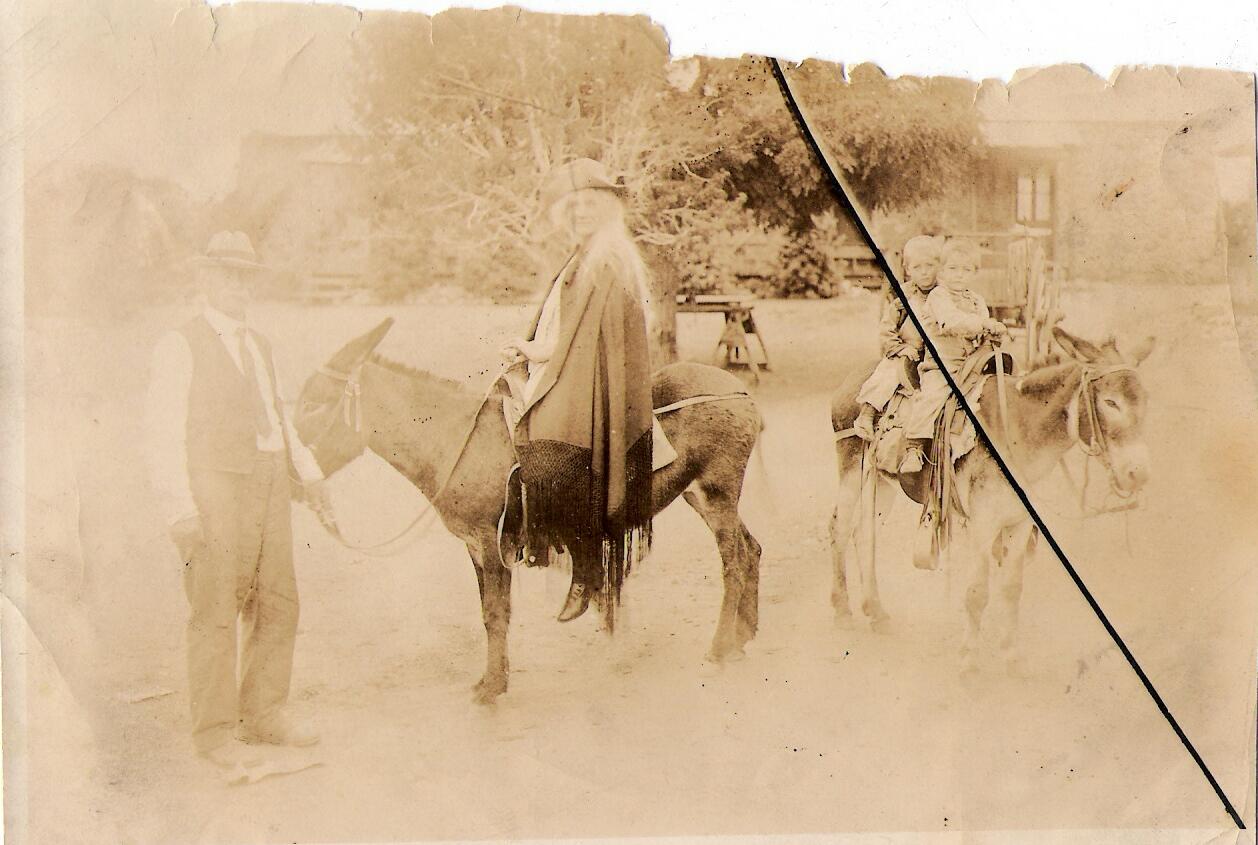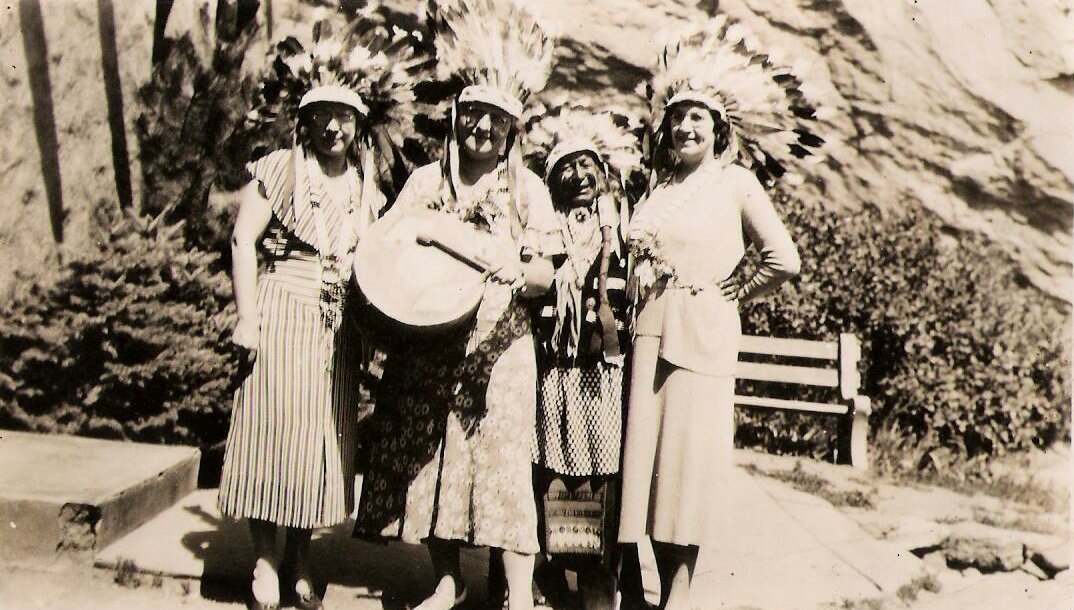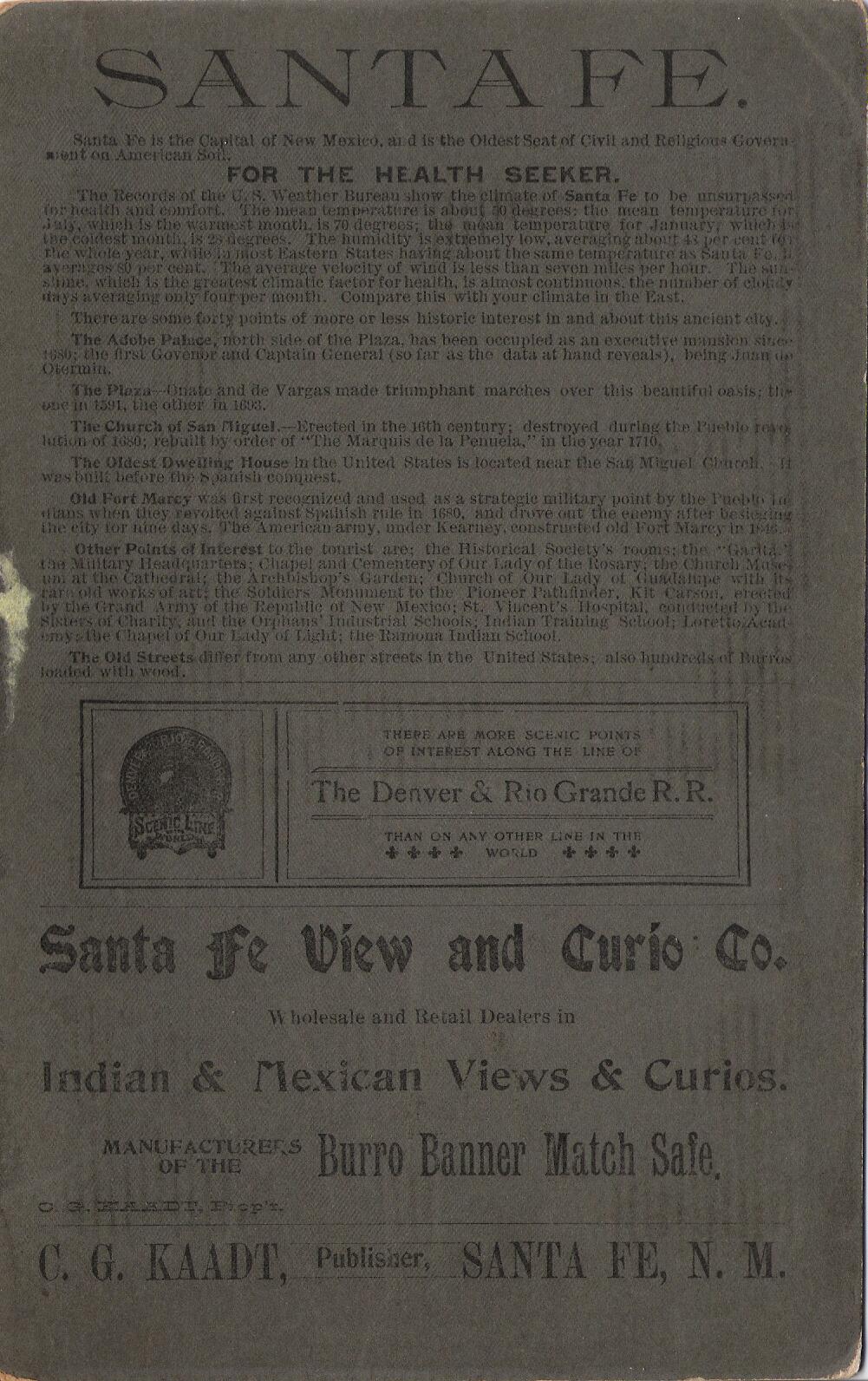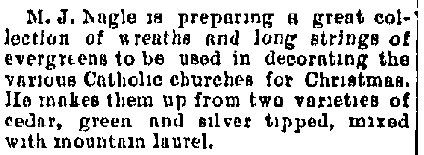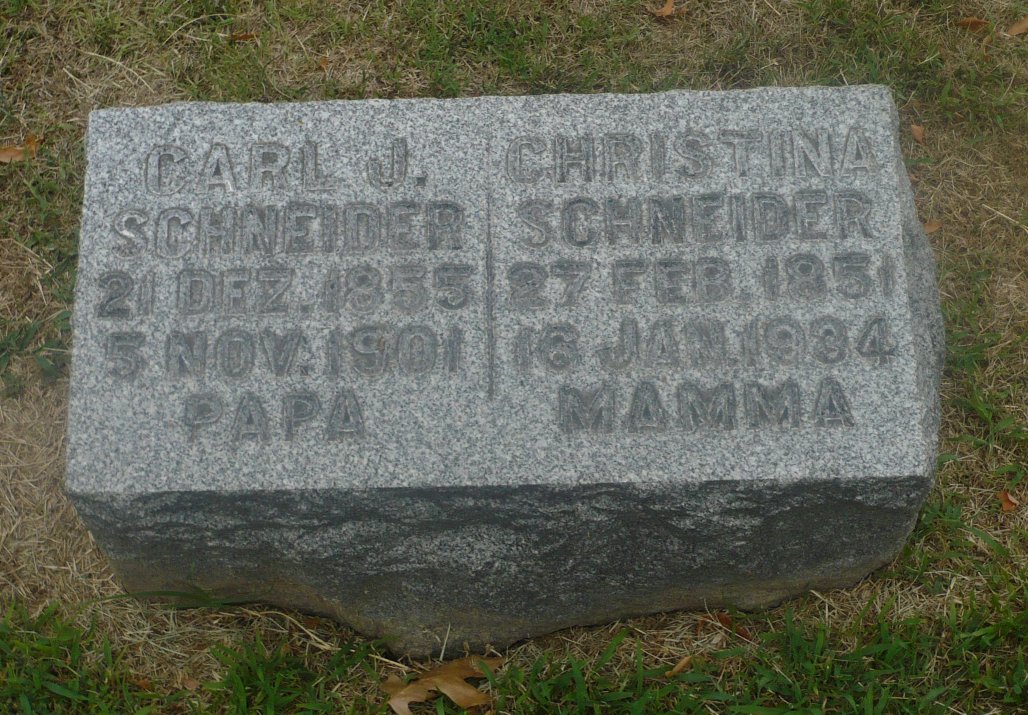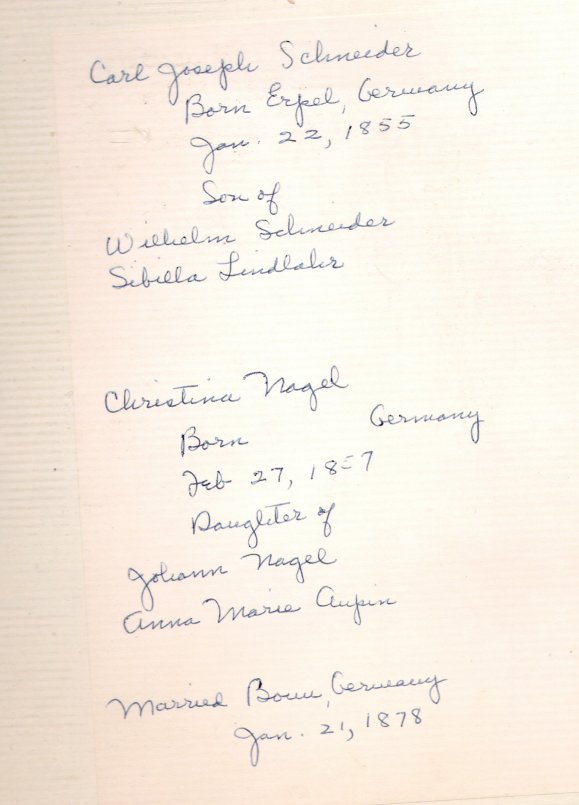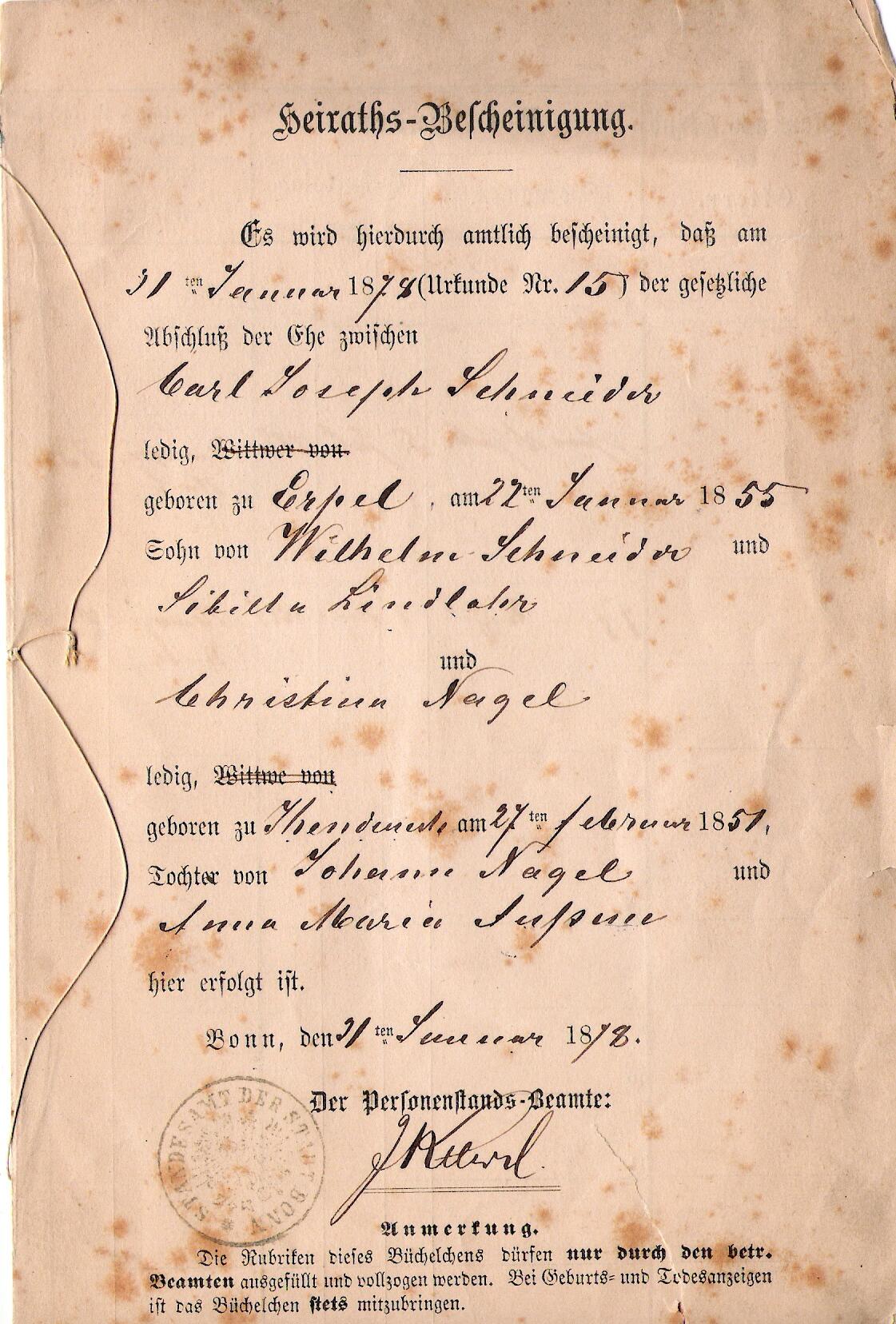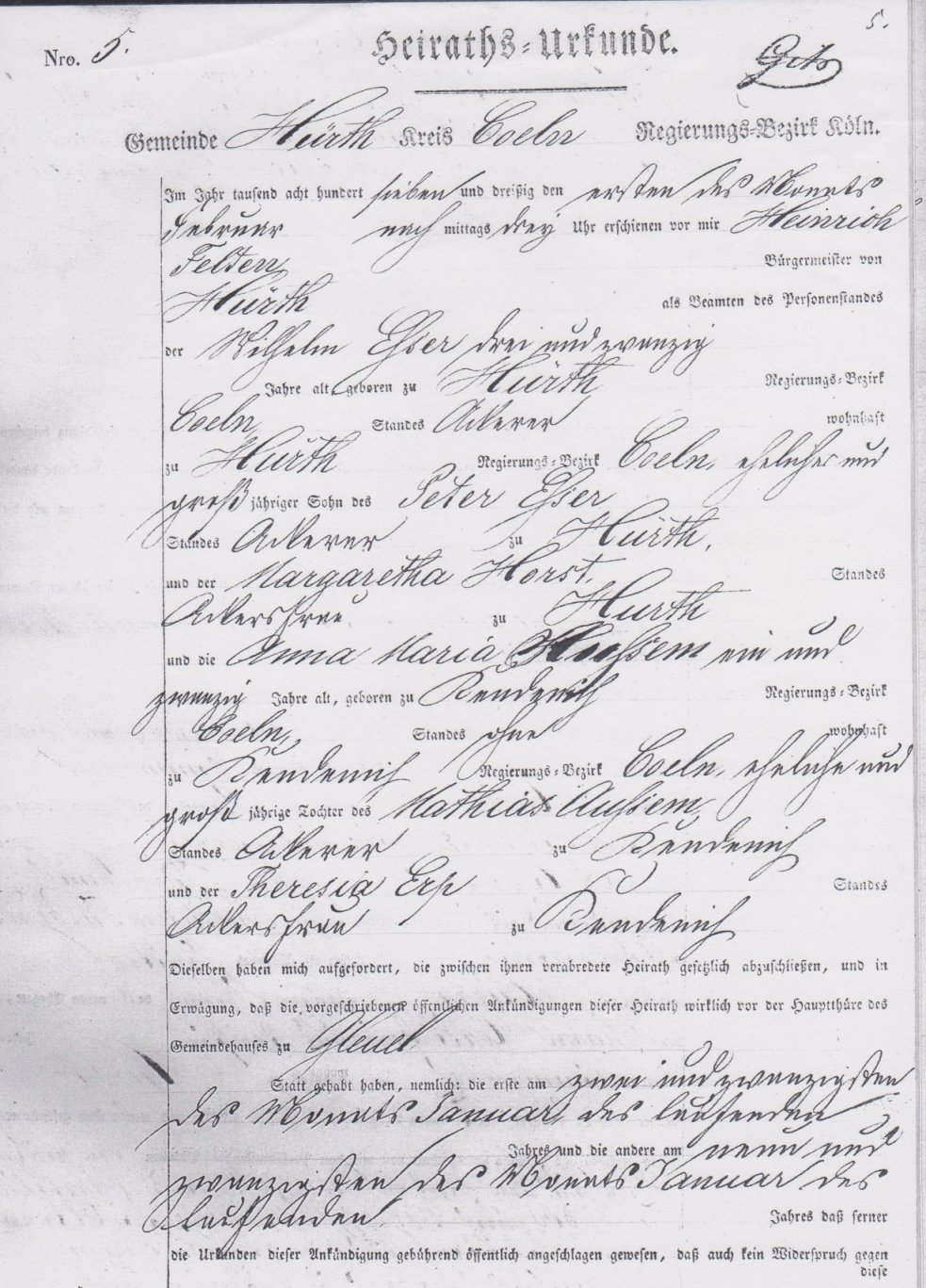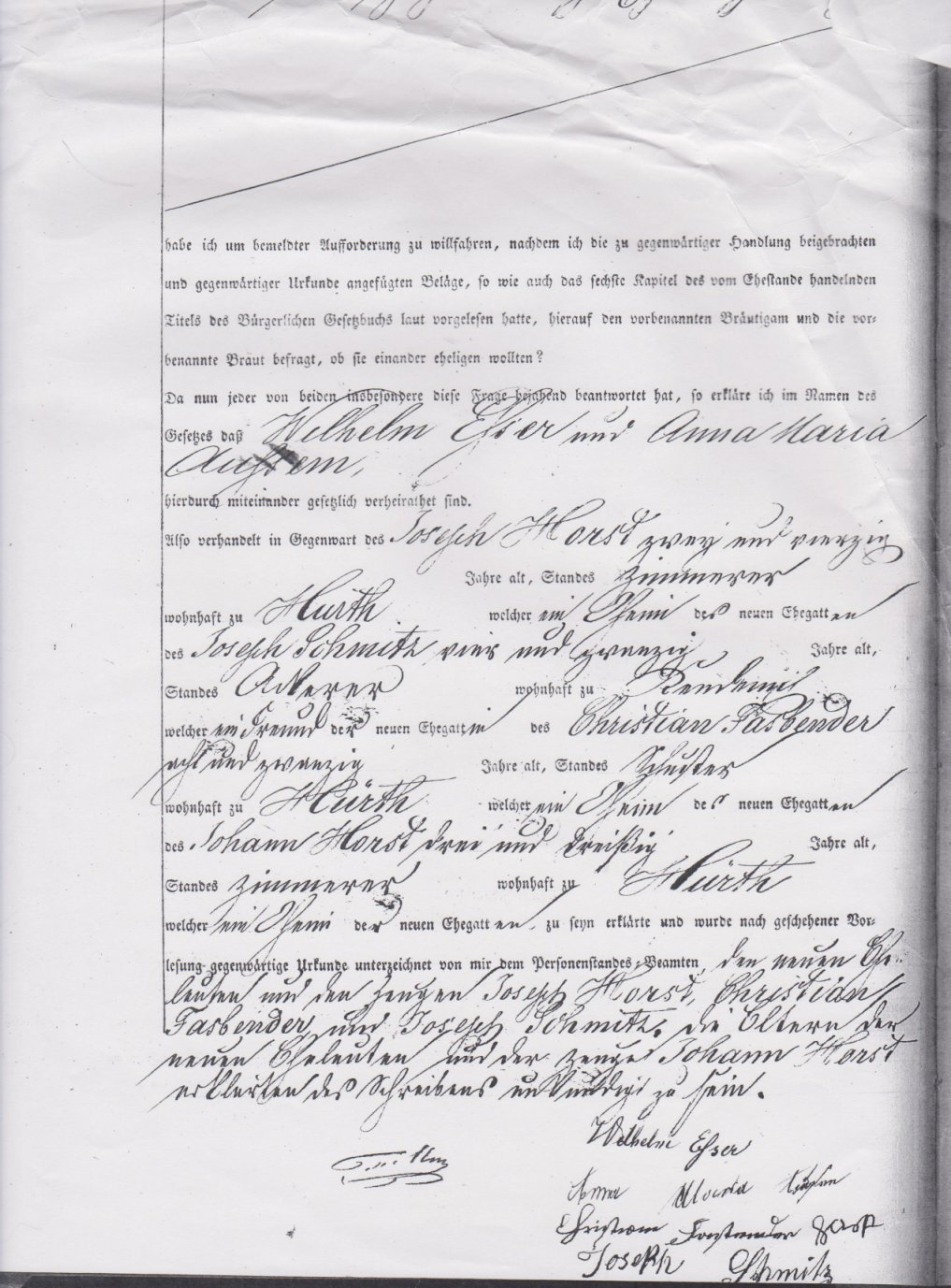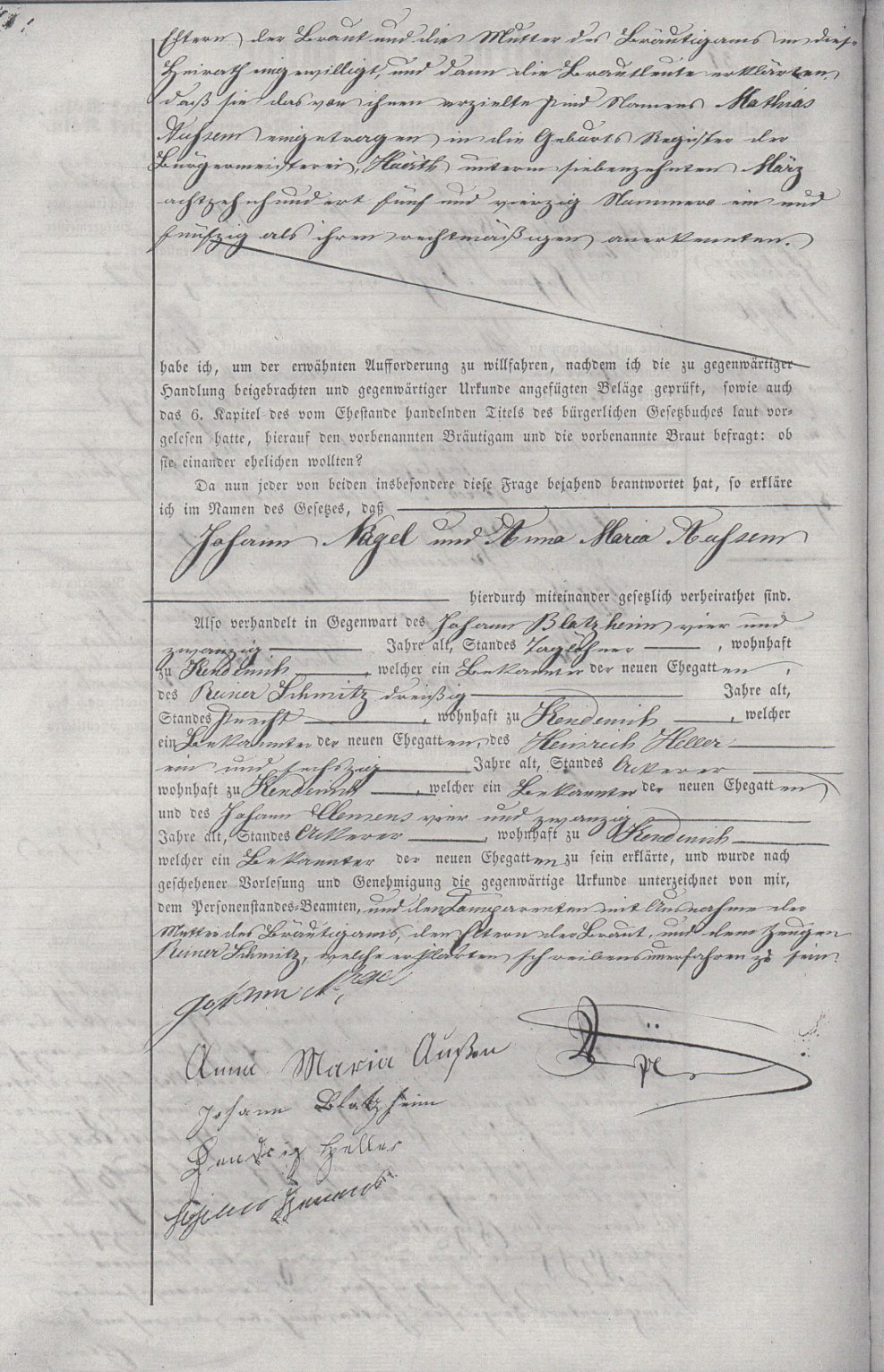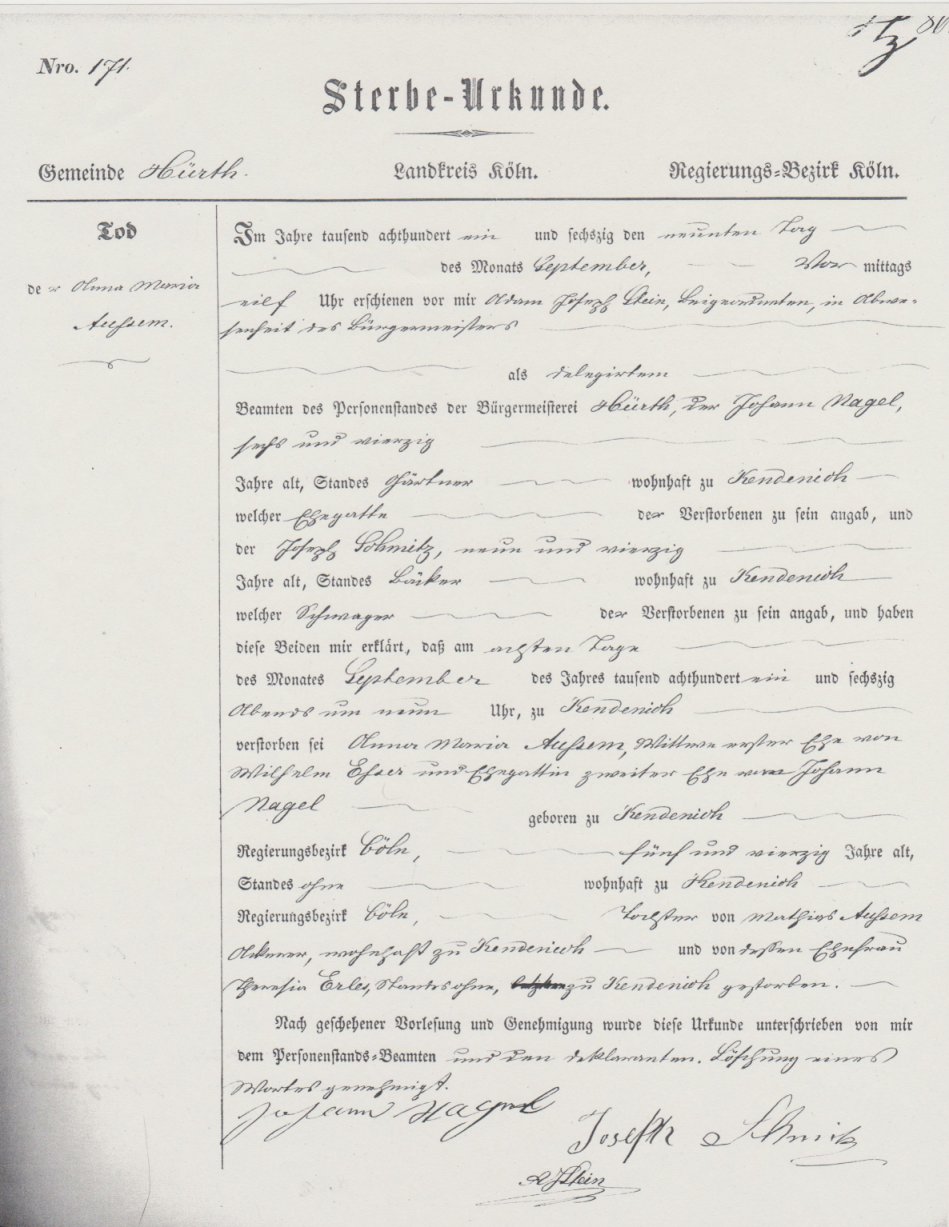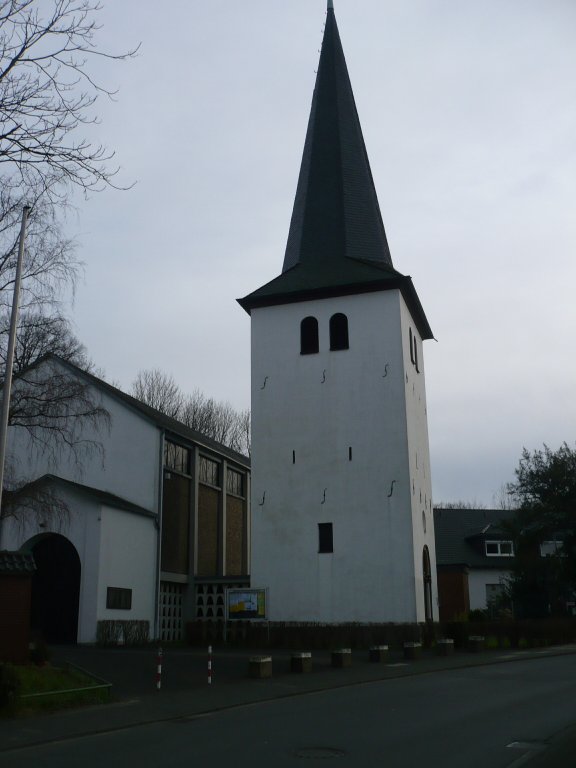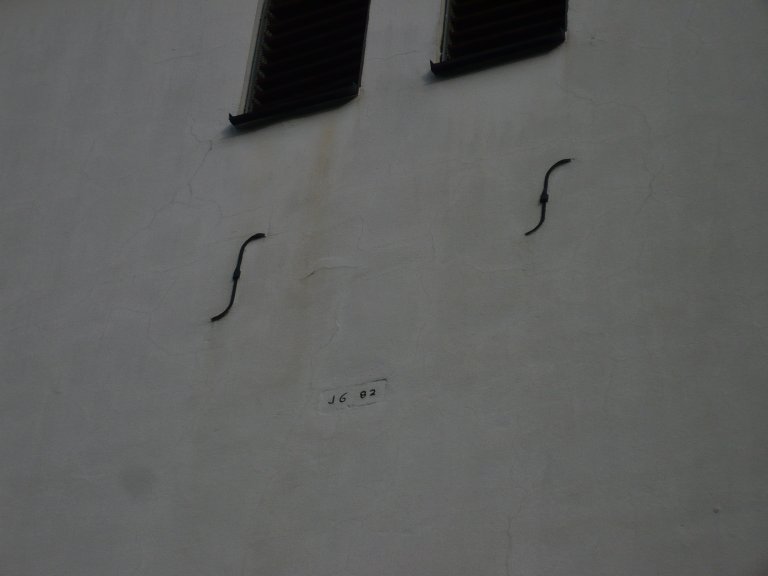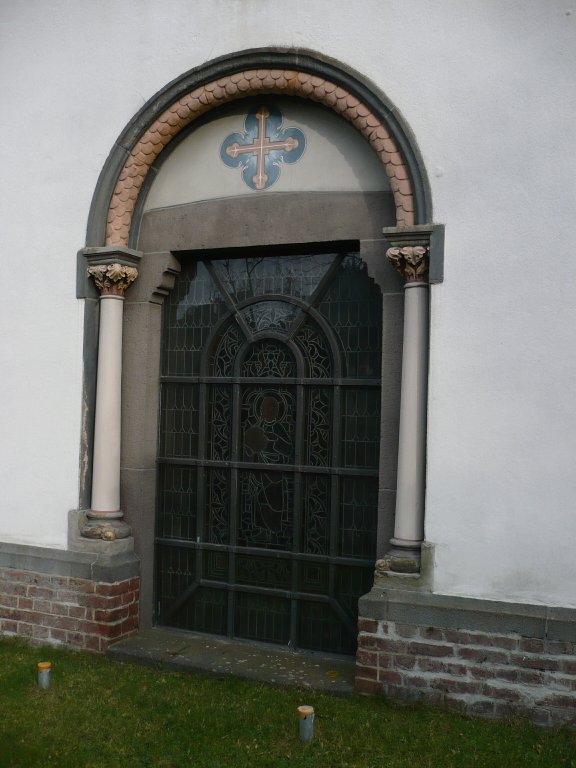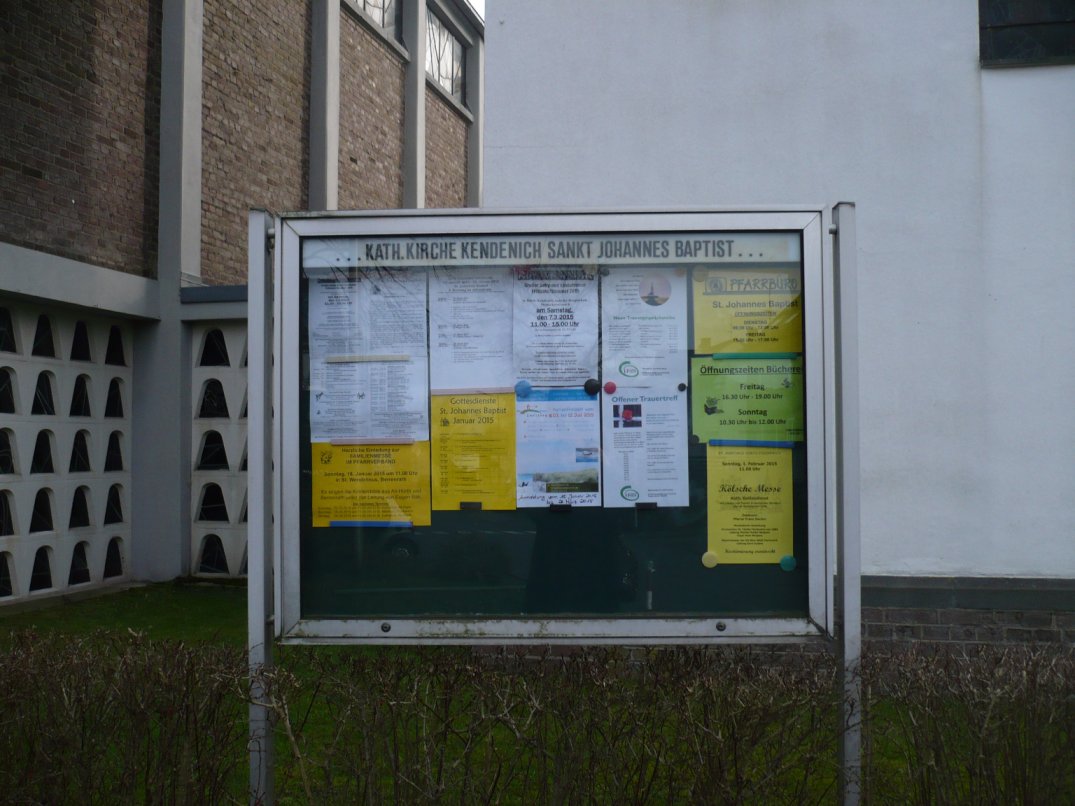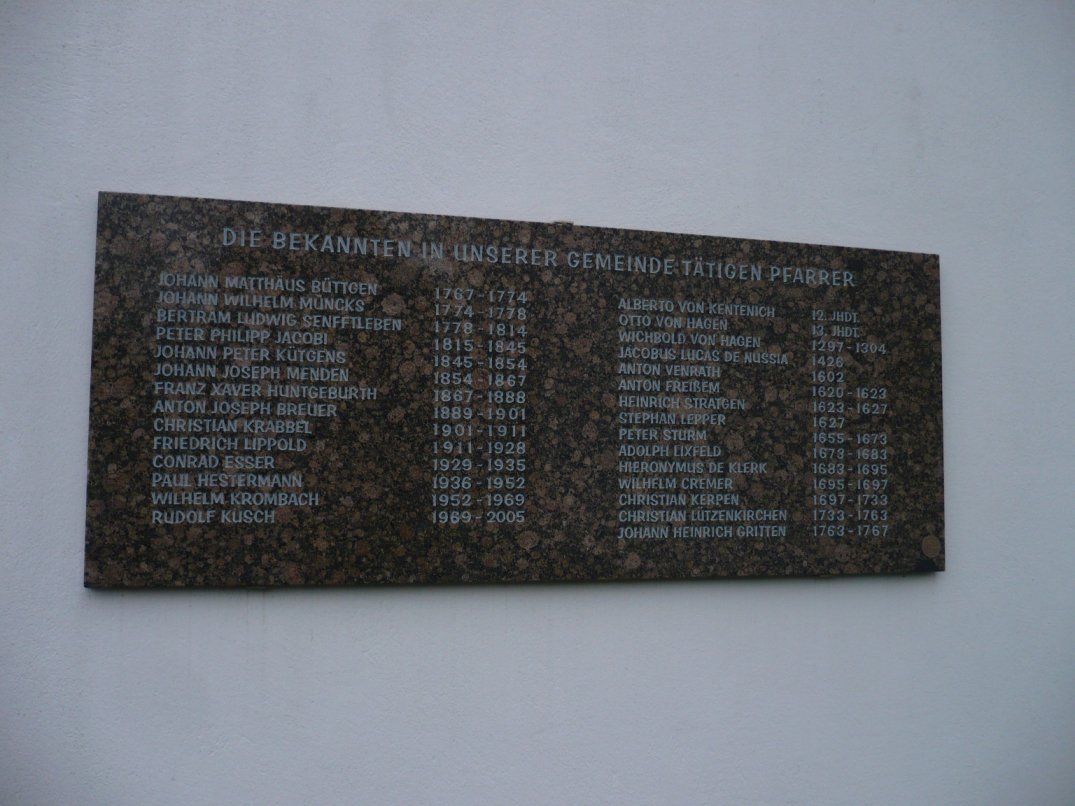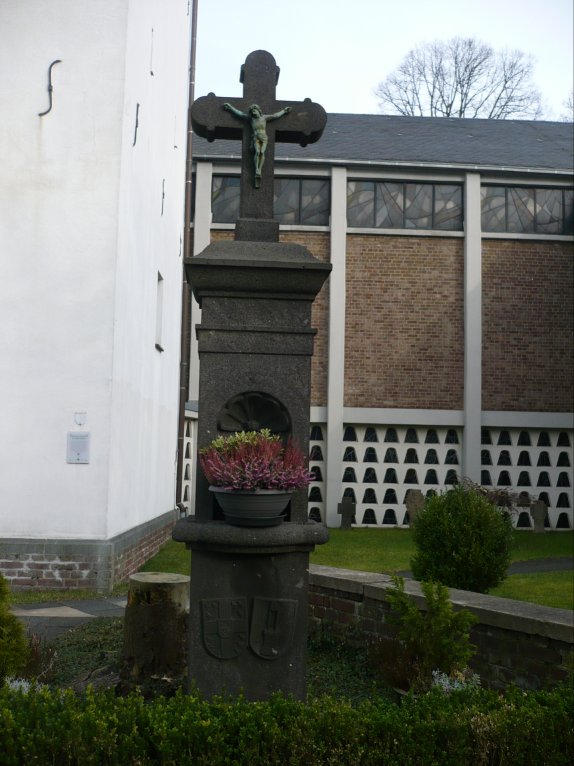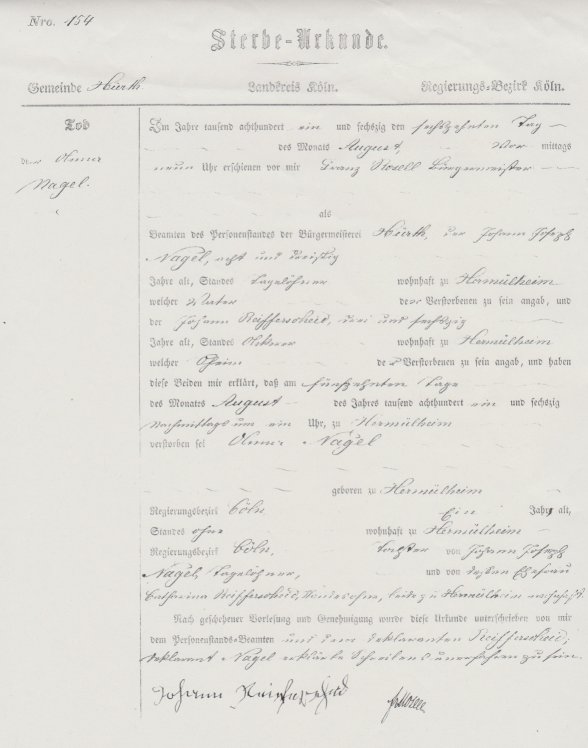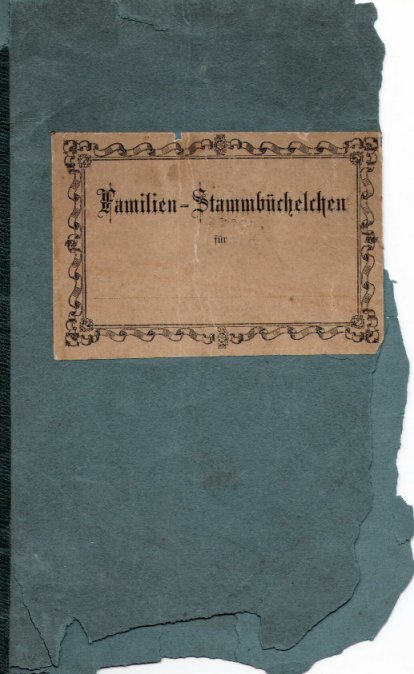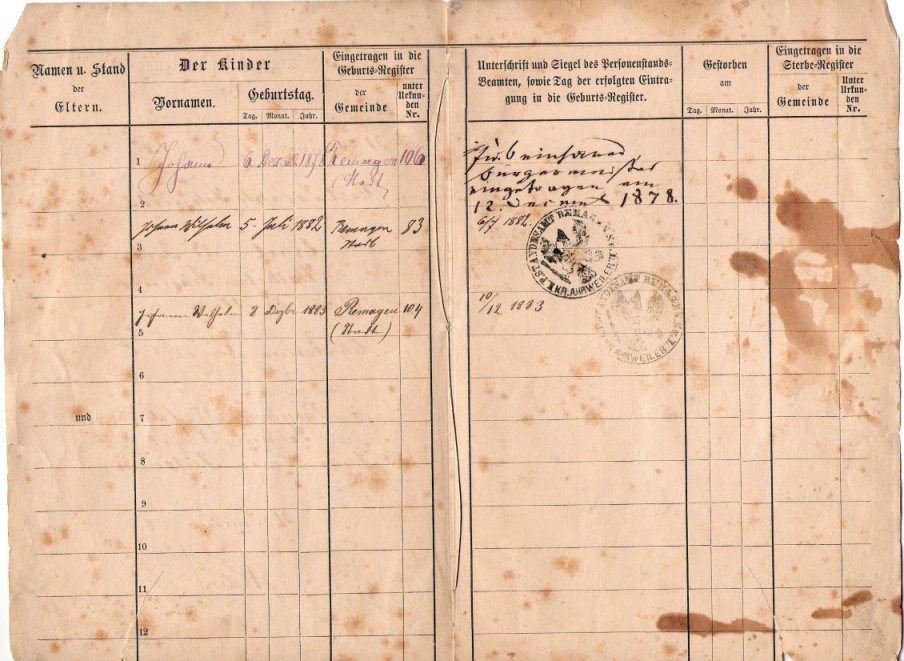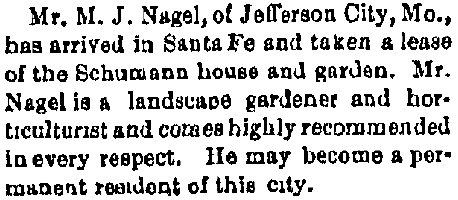The most unusual record I have found is an article from the
Congressional Record that was written by my 2nd great-grandmother Christina Nagel's brother,
Mathias Joseph Nagel. Mathias was a landscape gardener and had owned a nursery in Jefferson City, Missouri. After he moved to Santa Fa, New Mexico, he shipped
caña agria (also called canaigre) to Germany (his homeland). In 1914, his views on the Forestry Service were published in the Congressional Record.
THE FORESTRY SERVICE
Mr. CATRON. I have an article written here by Mr. M. J. Nagel on the Forestry Service, which contains about two closely written pages. It pertains to a matter which, I think, would be of interest to the committee investigating the subject, and I ask that it may be printed in the RECORD and referred to the Committee on Agriculture and Forestry.
There being no objection, the article was referred to the Committee on Agriculture and Forestry and ordered to be printed in the RECORD, as follows:
Our system of agriculture is the most theoretic and impractical system in existence. It is the ruin of foresters and forest. It is the ruin of farmers and farms, wasting labor and money, creating floods and destruction, misleading the Government and public with theoretic statistics. The most important branch of our Government, the Forestry Service, is managed by theoretic professors and college boys. They are not acquainted with practical work.
The report of the special forestry committee of the conservation congress is misleading to the Government and public. The theoretic addresses are most impractical, and not a word is mentioned about how to correct the ignorance of practical forestry. If this system of forestry was advised by a man in France or Germany, he would be considered incompetent. This report said on page 359, "It is estimated that seven and a half million acres of denuded forest land in the national forest require reforestation. Under the present plan 30,000 acres are reforested annually." I am sure not half of it has a stand. I can advise and teach the present force of men to reforest 500,000 acres annually at a much less expense than at the present time. The report says, "It will cost $12 per acre to reforest." I can teach and will take the contract to reforest every acre of denuded land, abandoned farms and fields in the United States for less than $5 per acre, and all will grow. By this method more than $50,000,000 can be saved in reforesting seven and a half million acres.
The report says nothing of how to prevent floods, regulate the flow of waters in the rivers; nothing of the useless and misleading publications by impractical professors and employees in agricultural colleges that are ruining the farm and forest. An investigation should be made by men who are experienced and competent in practical agriculture. I can prove what I say and can advise how to change our system of agriculture so as to better conditions.
If the Government, States, counties, townships, and farmers will work in harmony, we can reforest 2,000,000 acres each year, as can be demonstrated.
Statements about German forest and forester are false, erroneous, and misleading; such publications are to draw more money from the Public Treasury.
All abandoned farms and fields should be reforested, and dams should be built in all ravines and creeks to store the water and prevent the silt from washing into the rivers. This will regulate the rivers and floods. No estimation can be made at the present time as to how much water could be stored for the benefit of farm and forest.
If the money appropriated by the Smith-Lever bill would be spent judiciously by practical experienced men of agriculture, men who know the conditions of farms and farmers and do know how to teach farmers, that bill would be a blessing and would help to double the crop of agriculture; but, as proposed; to send inexperienced college boys to instruct farmers, it will do very little good and will work harm.
The most important and vital question at the present time is how to improve our farms and keep the rural population on the farm. The Roman Empire died of excess of urbanism. The Roman Empire, so strong and well cultured in art and literature, erred in neglecting agriculture. To satisfy the plebeian in the cities they built magnificent theaters, temples, and monuments that we admire to-day but neglected agriculture, and it was ruined. The people have pressed to the populous centers until the cities are overrun with beggars, loafers, and tramps. The newly rich families only seek to spend their money so as to show their wealth and compete with older families in luxuries, causing the poorer class to envy them and curse the situation. The cities in competing with one another advertise the schools and the pleasures they have in the cities and attract the attention of the rural population. The high cost of living is unnecessary. The present condition of the United States is very similar to the condition of the Roman Empire in the second and third centuries. Our theoretic system of agriculture will be our ruin. This impractical system is ruining farm and forest. We have to change our system of agriculture to increase the rural population, improve farms and farming, and we soon will reduce the high cost of living. Impractical education is reducing the rural population and increasing the consumers.
The rural population can keep up prosperity of the land. The farmer has to provide for all. Ruin the farm and the country is ruined. Urbanism will be our ruin. The industries of the large cities will increase luxuries and wants. The increase of production does not keep pace with the increase of population. Our theoretical professors, without practical knowledge and experience, can not remedy this lamentable situation. The impractical education in our agricultural colleges is driving the children from the farm to the cities, thereby helping to ruin farm and forest. If we would model our system of agriculture after the English, German, and Danish systems, we could double our farm products and reforest each State in the Union with less expense than we have now.
The foresters at the James Reserve planted 6 acres with 10,000 seedlings. Mr. Mahoon planted at the Zuni Reserve 1,750 seedlings on 12 acres. Messrs. Peck, Hayes, Philips, and Myers hired Indians to plant 5,000 seedlings on 2½ acres. The supervisor in Colorado says, in his report, we planted in three years 54 acres and in one of the years 27,000 pine seedlings and 3,200 Douglas fir seedlings on 15 acres. Colorado has more than 6,000,000 acres to go over.
With such reforesting it will take 10,000 years to get over the ground and will cost twenty times as much as a practical forester would spend.
The Bureau of Forestry published how much seed was sown, how many seedlings were planted, but did not publish how many seeds or seedlings grew.
The Bureau of Forestry published how many seedlings grew in the nurseries, but did not publish how much it cost to raise these tree seedlings. It can easily be demonstrated that they can be raised for one-tenth of the present cost.
The present system is responsible for reducing many poor people almost to the point of starvation by depriving them of the privilege of collecting dead wood and seeds, the collection of which is a benefit to the individual and the forest and if not collected is a determent to the forest.
This forest system was partly responsible for the forest fires.
This forest system has directly and indirectly wasted money and forest.
This forest system had impractical college boys to start nurseries, who did not know how to start nurseries on different elevations and kinds of soil. Most of this money has been wasted if not all. This forest system sent inexperienced college boys to estimate the standing timber who had no practical knowledge whatever, so that the boys had a picnic at Government expense and made no valuable report. Publications of last year stated that 530 pounds of pine seed were sown on 45 acres. So much seed, properly planted, would plant 6,000 acres. Publications say that the foresters will sow 5,500 pounds of seed on 700 acres. Properly planted, this would plant 25,000 acres. All such seeding is now feeding rats, mice, and squirrels. The present system is not teaching forestry, but is fostering a lot of useless employees who are ignorant of the business. Three thousand foresters and rangers are worse than idle, doing very little useful work, but harassing and tyrranizing farmers, miners, small sheep and cattle owners, making false reports, depriving poor citizens from collecting dry wood, cutting grass, collecting seeds, a benefit to the citizen and grave danger for fire if left in the forest. Foresters and rangers under this present system are a detriment rather than a benefit to the forest. The few acres seeded and planted are in such a condition that a real forester would be ashamed to mention it. Many men are driven to desperation to set fire to the forest. No practical work is done for future benefit. Nine-tenths of the forestry bulletins are useless. They are of no practical use to the farmer and the average citizen can not comprehend them. The publications of the forester say we have planted 20 acres with seedlings with 15 men in 20 days, and they expect half of those seedlings to grow; one practical forester can plant more than 20 acres in 20 days and all should grow. Forest Bulletin 9S says, on page 36, the foresters sow on 1 acre 700,000 seeds of the Engleman spruce and a practical forester needs only 2,000 seeds; they sow also 360,000 seeds of the lodgepole pine and 260,000 seeds of the Douglas spruce and only 2,000 seeds are needed to the acre. This is all the work of the impractical forester. At the present rate of wasting and selling available timber and no reforesting done in 10 years we will have no available timber to sell in the West.
Foresters and rangers make reports to suit themselves. No investigations of forest are made and no man is there who can make investigation and make a correct report. If a farmer or miner complains, he will never get a just hearing and no citizen can appeal, so he has to suffer. There were reported 3,138 forest fires in 1912; 2,164 were extinguished by the rangers. Like all reports of foresters and rangers it is impossible to believe that half of that number of fires started, except the rangers themselves set fire to the forest to make a good report to headquarters. If proper care was taken of the eastern and southern forestry, it would add thousands of millions of dollars to the national wealth. Every county in the United States should have a supervisor to see that all the waste and worn-out land should be reforested. The agricultural colleges in the United States should teach forestry and agriculture. Too much theory and too little practical teaching is taught.
Every farm of 160 acres has from 5 to 10 acres of land idle that should be used for reforesting. The State authorities should require that all this land should be reforested. It would add to the comfort of the farmer and his cattle and be a beneficial ornament. The present forest system is inefficient; the Agricultural department needs practical men to direct the work. A forester should live in the forest, not 50 miles to 200 miles from the base of operations. A district forester should, every morning, direct his foresters, apprentices, and rangers to do certain useful work, especially to make fire guards and reforest, and not trouble miners and farmers. The district forester should be present while planting seedlings and not leave it to inexperienced boys and laborers.
Our president said, in his address to Kansas City, September 25, 1912, Mr. Holmes of the Agriculture Department says we can raise a bushel of wheat at the expense of 3½ cents and a bushel of corn at 10½ cents. The December crop report says it cost at the average 66 cents to raise a bushel of wheat; and in Iowa 31 cents; in Maine 72 cents to raise a bushel of corn; both are agricultural reports. The president said that in England and Germany they raise twice as much grain to the acre on land cultivated for 100 years as we do on new land. If we would model our agricultural system after the English, German, and Danish agricultural systems, we would soon raise twice as much to the acre. We have to combine the best methods of the three countries in our agricultural system to improve our farm and farmers. The publications say to use commercial fertilizers is a detriment to most farmers, without knowing how to use it for the different kinds of crops. The different kinds of soils and crops need different fertilizers, and if the soil is not enriched with stable or green manure the soil is impoverished with commercial fertilizers. Our theoretic college professors can not teach the plain farmers practical farming he himself does not know. Only an intelligent farmer can teach the plain farmers, and each county should have a few farmers taught how to analyze the soil and how to use different fertilizers on different crops
—farmers learn from the farmers. Our president said we have spent $100,000,000 on commercial fertilizer. More than half was wasted by ignorance, not knowing how to use it. I learn a league is formed to ask $500,000 of Congress to experiment improving and fertilizing the soil. It can be demonstrated in two hours how to improve and fertilize the soil most practically. The speakers in our conservation congress are lamenting the impoverishing of the soil of the farms. That we raise every year less grain is a calamity for the Nation, but nobody gives any practical remedy. A practical agricultural system would remedy it. The forest association is lamenting the depleting of the forest. Theoretic addresses never give a remedy; only a practical forest system will be a remedy.
The agricultural college can not teach practical farming on 10 or 100 acres in one part of the State; neither forestry on 100 or 1,000 acres. It takes a forest to teach practical forestry by a practical forester. If the money uselessly spent at agricultural colleges and experiment stations was used to help assist poor families in the cities to start on a farm, great benefit and improvements would be the result, as many a farmer boy and girl, by the wrong, theoretic education, has left the farm for the city and to-day thousands would go to the farm if they had the means to start again. This top-heavy education of the college is a detriment and ruin to our children.
M. J. NAGEL.

